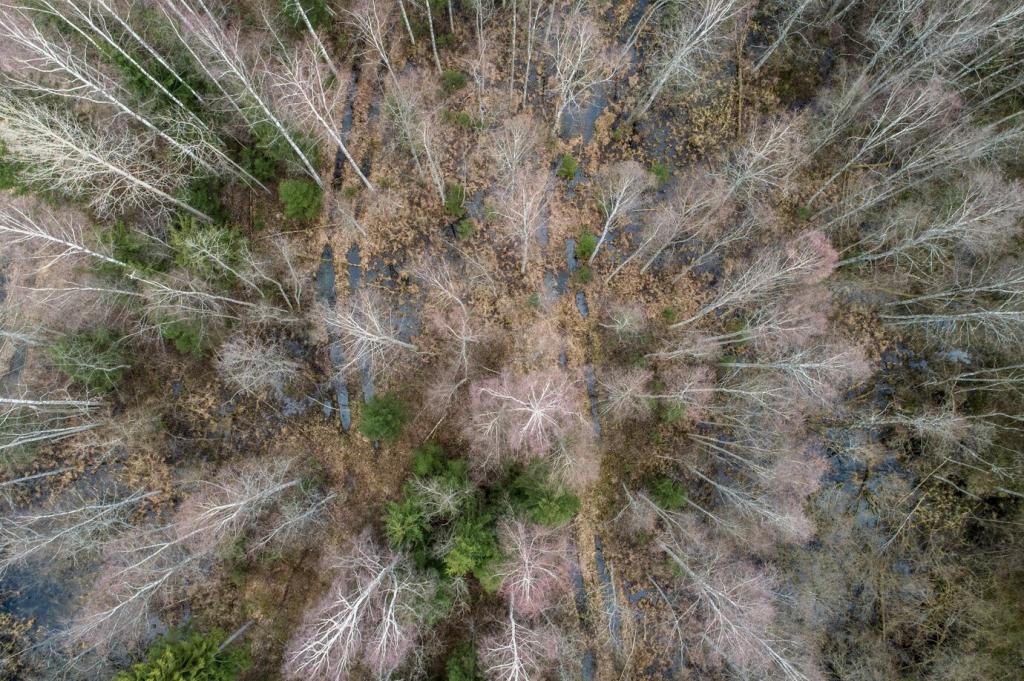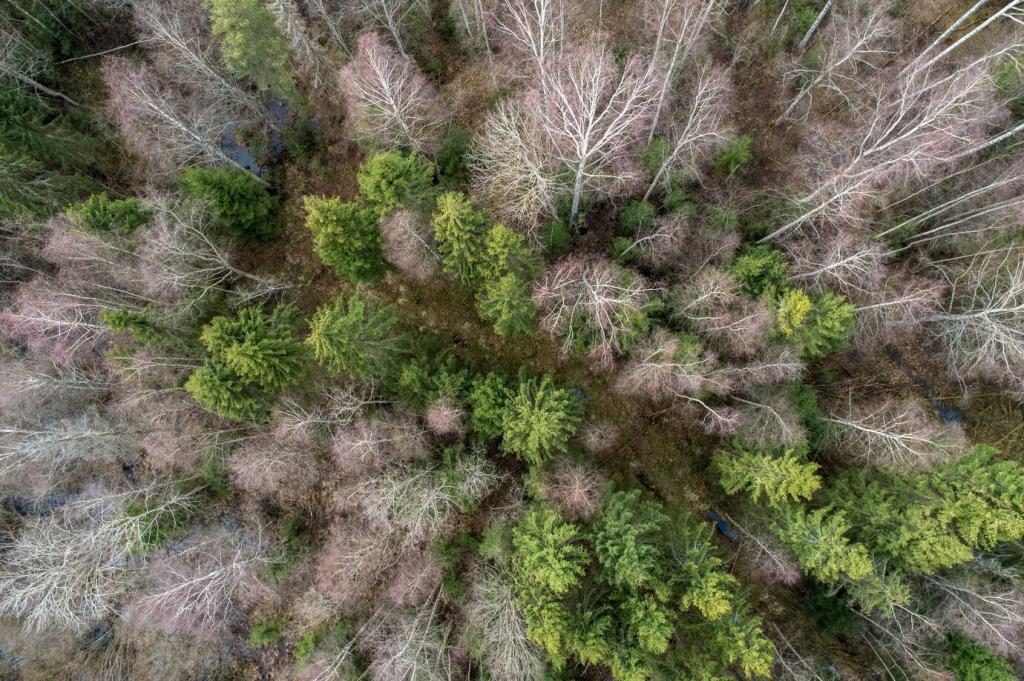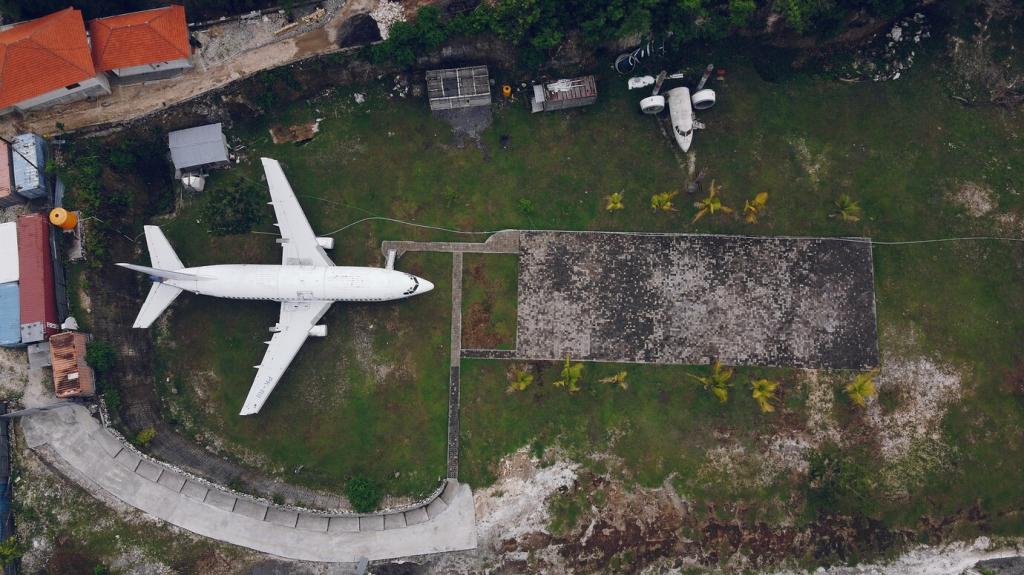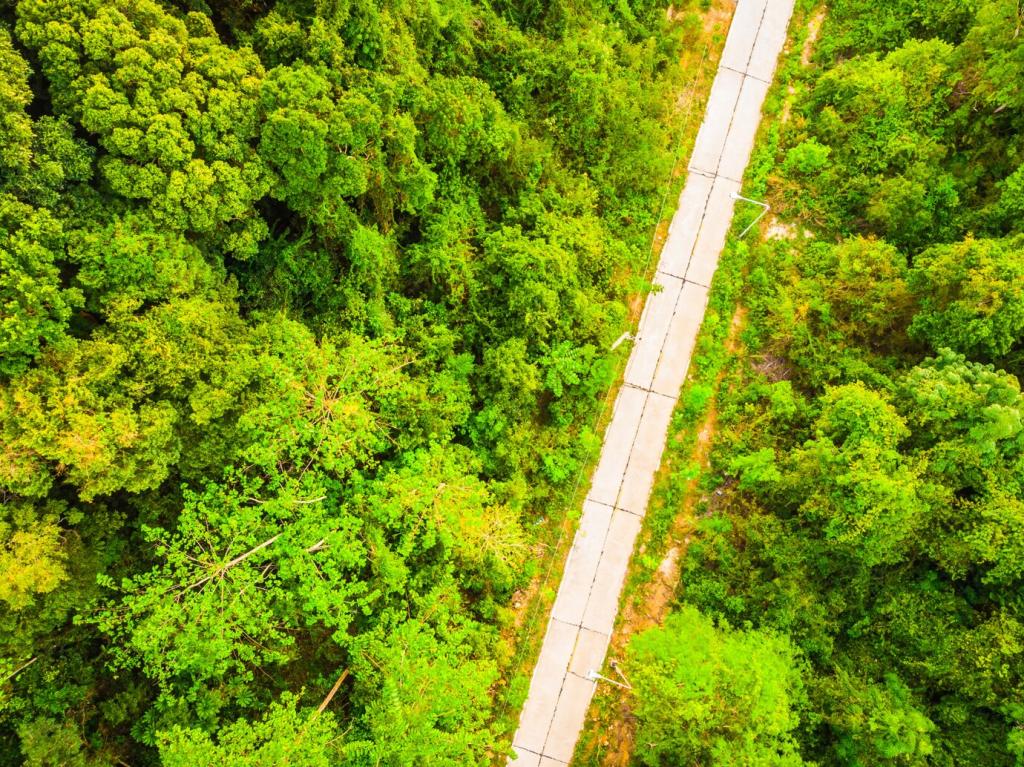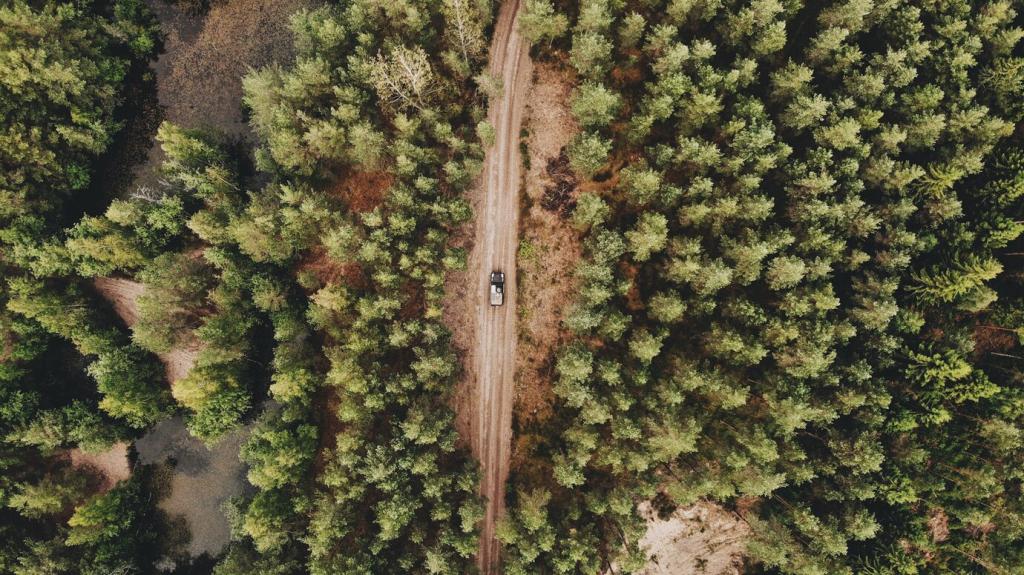Community, Ethics, and Trust
Engage leaders early, explain objectives, and listen to concerns about livelihoods and privacy. Co-create flight zones and quiet hours. Transparency nurtures consent, reduces rumors, and keeps eyes focused on illegal actors. How do you build trust locally?
Community, Ethics, and Trust
Publish data handling policies, retention timelines, and access rules. Blur homes and unrelated human activity. When people feel respected, they share tips and accept protective monitoring. Want our template policy? Subscribe and we will send it.

